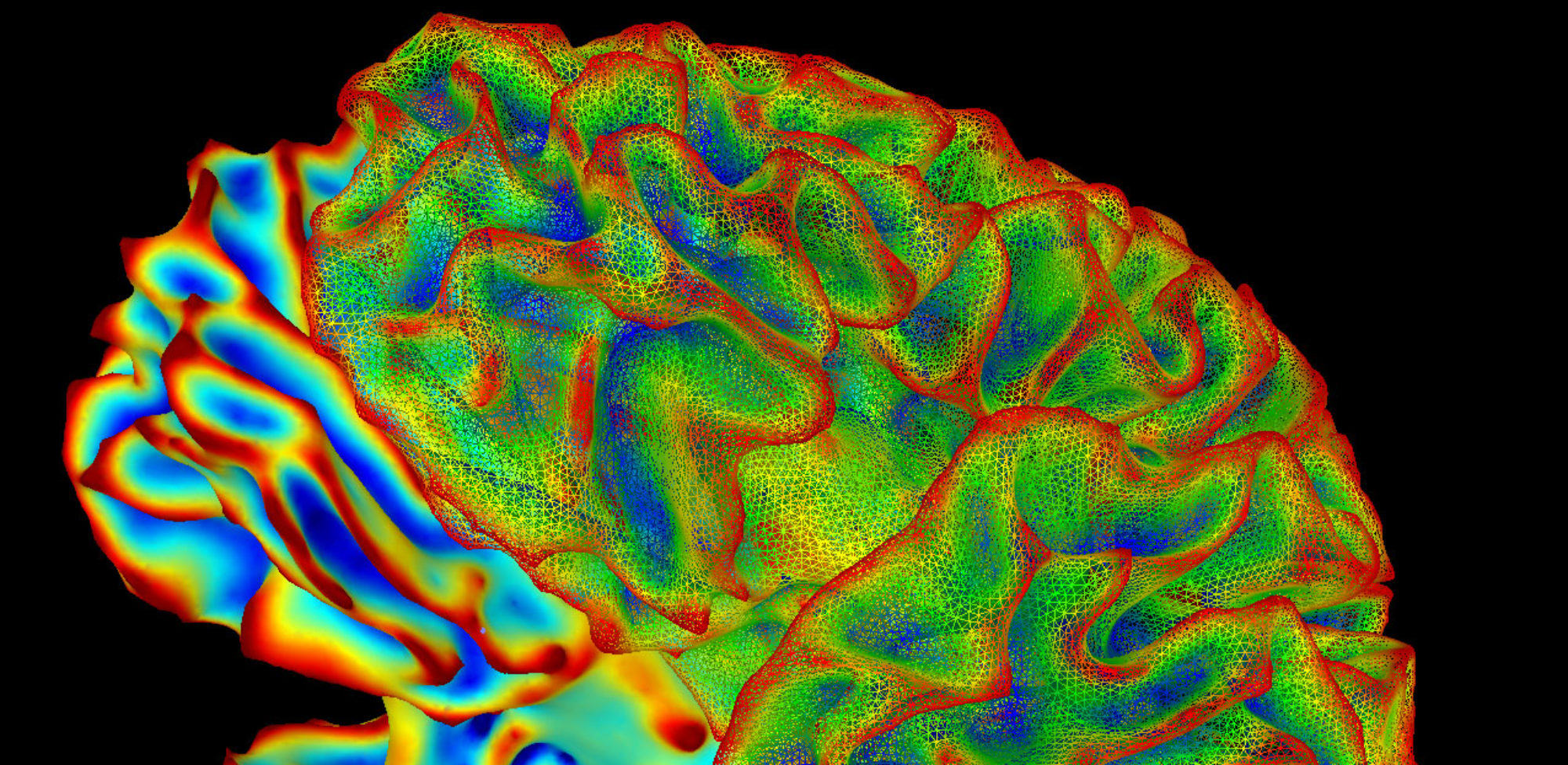Postdoctoral Researcher
I was born in Seville, Andalusia (Spain). I graduated from the Autonomous University of Madrid (as a biology and music double major) where I had the privilege of working in the G. Morata lab as an undergrad student. In there, I started to get interested in developmental biology. However, after I took classes in biophysics and neurophysiology, I was struck by the power of electrophysiological techniques to study synaptic transmission. Thus, I came to decide to go back to my hometown for grad school.
I got my PhD from the University of Seville. I was trained in electrophysiological and electrochemical techniques by E. Ales and G. Alvarez de Toledo. I focused on studying exo-endocytosis of secretory granules in mast cells. Traditionally, mast cells are best known for their detrimental impact on allergic reaction, but their dysfunction underlies many common inflammatory disorders. To ensure normal immune function, mast cells employ different exo-endocytotic pathways to release mediators. While the basic of these pathways is well stablished, less is known about how the physiological context modifies them. During my PhD, I studied how hormones are involved in the regulation of the exo-endocytosis cycle in mast cells, as well as, how such cells dynamically adjust their secretory properties, in response to stimuli, through recapture, recycle, and reuse of the secretory granules. My colleagues and I showed that, in a short-term allergic response scenario, internalized granular membranes can be recycled into new competent and quickly releasable secretory granules, a feature observed in other secretory cells (chromaffin cells) previously. On the other hand, our work showed that, during long-term inflammatory response induced by peripheral corticotroping-releasing hormone (CRH), the exo-endocytotic pathway depends on the microenvironment in which mast cells mature. In connective tissues mast cells, CRH induces, preferentially, exocytosis of giant secretory granules (compound exocytosis). On the contrary, in mucosal mast cells, CRH evokes exocytosis of small vesicles, a secretory process that is expected to allow careful dosing of harmful releasable substances. Overall, these findings may have implications for the physiopathology of inflammatory intestinal disorders (such as Crohn’s disease), which are closely associated with mast cell secretory hyperactivity.
Afterwards, I decided to switch from in vitro to in vivo. However, I wanted to take advantage of my background in exo-endocytosis to keep working on synapses biology. While I was looking for postdoc offers on the job market, I came lucky to find the perfect lab to do the transition. Such lab is Shaul Yogev’s lab (Department of Neuroscience, Yale University) in which I have been working as postdoc for about two years. The Yogev lab is mainly focus on neuronal microtubule (MT) organization biology. MTs consist of an array of partially overlapping short polymers, tiling across the entire processes. Since MTs serve as the main track for motor-protein-driven transport in axon and dendrite, a continuous track of MT is crucial for ensuring uninterrupted cargo transport. On the other hand, it has been reported a wide range of instructive cues, mainly extracellular cues and trans-synaptic proteins, are required to pattern the synapses properly-an essential feature that is conserved across different organisms. In contrast, the role of downstream targets (permissive cues) in synaptic patterning is poorly understood. In that scenario, MT may be a crucial permissive cue serving as the main tracks to transport the synaptic machinery from the cell body to the presynaptic terminal. During my postdoc, I am studying how the MT organization is established and how it could affect the synaptic patterning. In order to do that, I am working on C. elegans, which is very well-established genetic model, with a main focus on the cell biology of these events.
